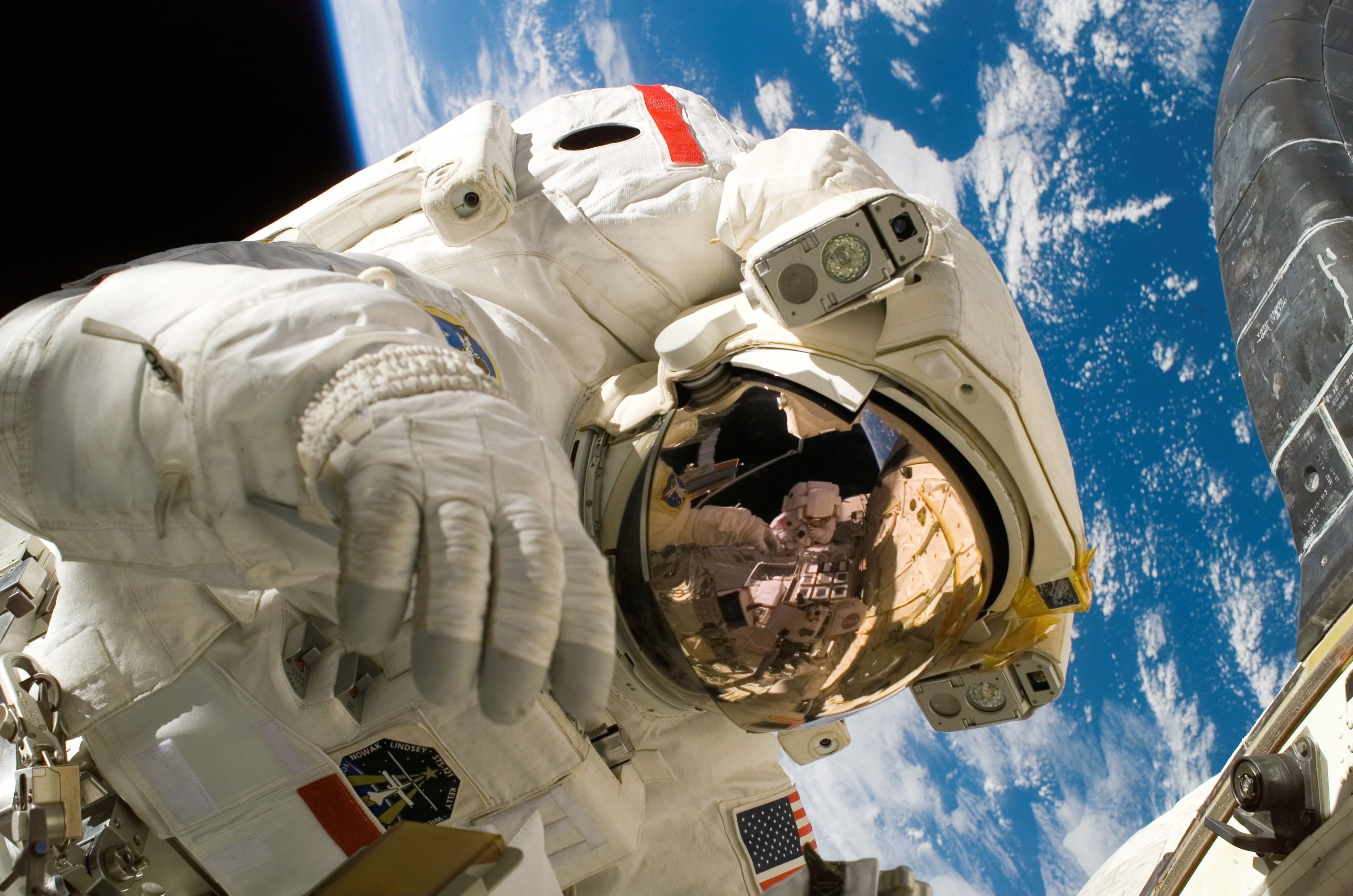
There’s no lack of ingenuity among the exhibits at the gallery’s newest collection, LIFE AT THE EDGES. Exploring the boundaries of what is hospitable, the exhibition features a host of extra-terrestrial designs that force us to question how we interact with our surroundings. Considering the growing awareness of our environmental impact and increasing willingness to abandon harmful products such as single-use plastics, many of the pieces could not have arrived at a more appropriate time. What’s more, the futuristic nature of the designs highlight the symbiotic relationship between science and art as the two call on each other to inspire innovation.
One concept that reoccurs time and again in the gallery is that of the Anthropocene. Denoting the time period in which humans have had an influence on the Earth, the term highlights the growing awareness of our profound impact on the environment. Best described in a piece by Sue Corke and Hagen Betzwieser, the seemingly cute image of rabbits surrounding a watering hole, originally Australia, has been transposed onto a lunar landscape. Demonstrating the inadvertent impacts of our actions, the piece refers to the actions of colonist Thomas Austin. Hoping to bring a British homeliness to the ruthless Australian landscape, Austin released 24 of the fluffy creatures into the wild. Instead, the rabbits became a rampant pest. Devouring plants across the countryside, the colonists had inadvertently created a furry epidemic and permanently altered the native ecosystem.
Preventing future incidents like this in relation to space travel has become an issue of major concern. While no one intends to bring bunnies to Mars for the sake of company, a major issue of ethical debate is ensuring our equipment is suitably sterilised and our impact is minimised. Do we, as a species, have an obligation to minimise our impact in foreign territories? Preservation of our natural environment on Earth has become a pressing issue due to our limited and shared resources. In a universe of seemingly endless stars and planets, does the same moral obligation apply? Norwegian designer Marte Teigen drives this concept home with a fascinating infographic titled “The Trash Map”. Tracking the lunar waste remaining from the space race, everything from shuttle parts to human waste sits on the moon’s surface. When faeces sit alongside our planet’s proud flags, the cost of human pride and arrogance on our surrounding environments is brought into sharp focus.
As per usual, the Science Gallery aims not only to display art but encourages live science. Among the most interesting experiments are those investigating the impact of extra-terrestrial environments on terrestrial materials – not least of which are living, breathing organisms. Growing a fern in a terrarium mirroring Mars, Clinton Freeman hopes to see how life from Earth would fare in alien atmospheres. While the fern’s predecessor lasted 30 days, Freeman hopes to see how long the gallery’s newest plant will last.
Not alone in his hopes for transplanting life from Earth to new environments, Andy Gracie’s work with Drosophila Melanogaster is perhaps the most ambitious and breathtaking of all in the gallery. As any science undergraduate will tell you, the Drosophila, or fruit fly, is the bread-and-butter of lab breeding for particular traits. Their quick reproductive rate and simple anatomy make them ideal candidates for selecting certain traits. What traits? In Gracie’s case, suitability for life on Saturn’s largest moon, Titan. Selectively breeding and artificially selecting these flies, Gracie turns the lens on humanity with his work. Would it be ethical to alter humans in a similar fashion in order to survive on a foreign world? As a species so accustomed to altering our surroundings to accommodate us, are we willing to alter ourselves in order to survive and thrive in space?
Of the entire exhibit, Ranjit Bhatnagar’s tapestry is perhaps the most unusual. Stretched across the second storey, the patterns on the rug aren’t random. In 1977, the world saw the launch of the two Voyager shuttles, and with them the ‘Golden Records’. These records contained audio information intended to summarise life on Earth, everything from dolphin’s squeeking to Bach. Intending to immortalise not only humanity, but life within the cosmos, is deeply moving. What, Bhatnagar asks, would aliens make of this information? How would they know to ‘play’ these files, and not to say, interpret it as a recipe for lunch? Inspired by this, the rug is a translation of the audio information into a visual file and a brilliant example of our own human-centric folly.
Reverberating throughout the exhibit is human ego, and artists challenging our history of arrogance. Rather than reject our ego however, Julijonas Urbonas’s ‘Planet of People’ is the ultimate embrace of immortalising humanity. Rather than waste bodies in the ground, Urbonas suggests we instead use corpses to form an artificial planet. Every body (literally in this case) has mass, and all mass exerts gravity. If left in an area of space where no other celestial bodies exert a gravitational influence, these bodies would slowly exert their influence on each other, forming a massive swarm of cadavers. As time progresses, this swarm would clump, forming an original celestial body. Rather than pollute new planets and ecosystems, the project suggests literally standing on the shoulders of our ancestors.
Too morbid? LIFE AT THE EDGES continuously challenges its audience to reflect on humanities conception of itself, and where we intend to go. While many of the projects overwhelm with their ambition, one piece stands out in its simplicity. Plastered over an entire wall are black sheets, and in the corner, a single blue bulb. Representing Earth seen from space, the artwork succeeds in demonstrating the scale of the universe. No matter how ambitious our science, how beautiful our art or how persistent our efforts, we remain a pale, blue dot in the vastness of space. Life goes on, however, no matter how unlikely, no matter how much it is forced to the edges.






